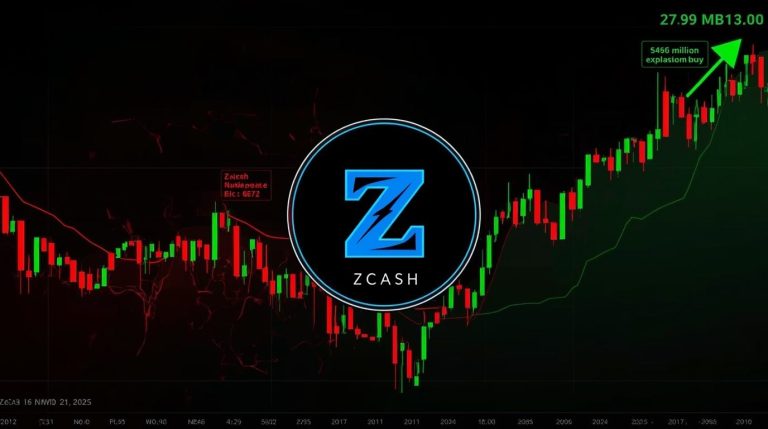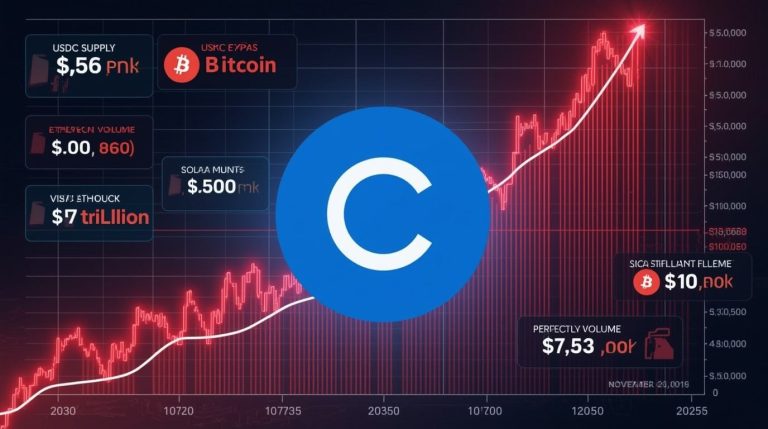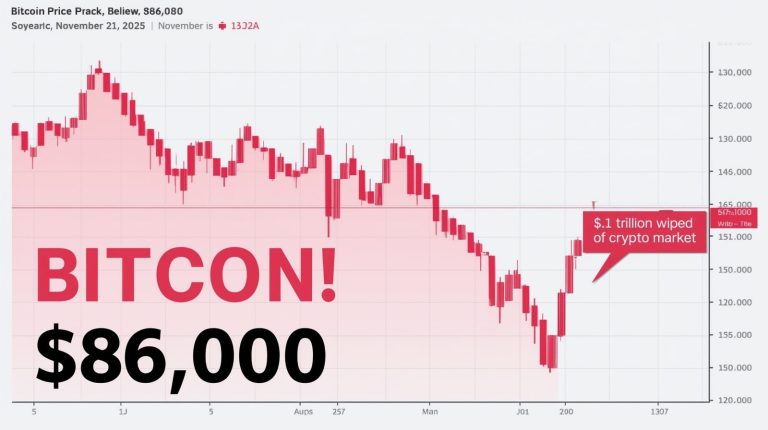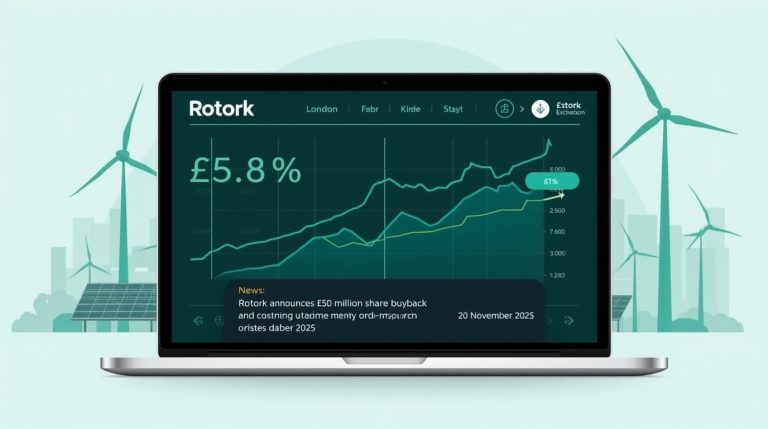The rapidly growing UK accountancy and business advisory group, MHA, rose after the flotation today as the shares rose more than 12% to 162 pence in the early trading on the AIM market of the London Stock Exchange.
The run-up comes after the publication of a strong first-half performance since its October IPO, which exhibits a doubled revenue growth and strengthened balance sheet, which analysts believe can guarantee continued over-performing in a contracting industry in the professional services.
The outcome, which included the six months up to September 2025, showed that the underlying revenue was to increase 14% to PS82 million, driven by organic growth and strategic bolt-ons in the audit, tax and corporate finance. Adjusted EBITDA increased by 18% to PS18 million, and margins improved to 22% due to the leveraging of operations and cross-selling.
The uplift, which the management attributes to tailored client solutions in a dynamic regulatory environment, is evident in increased demand for ESG compliance and M&A advisory by mid-market firms that are sailing through economic headwinds.
This impressive performance can be described as a culmination of a change of direction in MHA that has seen it shift out of the hands of its private owners to the public markets through a PS200 million IPO just half a year ago, with institutional investors such as Legal and General and Schroders joining up to support it.
A net debt amounting to PS15 million after IPO proceeds gives the cash-generative model the firepower to continue making additional acquisitions, at least one of the fundamental principles of its growth playbook.
The chief executive stated that our integrated service offering speaks in uncertain times and that he planned to expand headcount to 3,000 within five years and focus on regions under-serviced, in the Midlands and the Southwest.
The buoyant update comes at a time when the UK professional services have been thawing with deal volumes recovering 20 per cent every quarter, according to Deloitte scales with expected Budget sweeteners on R&D credits and apprenticeship levies.
This recovery is enjoyed by MHA with SMEs up to FTSE 250 corporate clients, whose advisory fees have increased by 25 per cent on inbound M&A enquiries. Stakes, released at 140 pence, have since surged 16 per cent in total, with a forward P/E of 15 times – a concession to rivals in the sector such as FRP Advisory.
Peel Hunt and other brokers countered quickly with a second buy rating and 200 pence target. The size and local presence of MHA make the company a consolidator of a fragmented market, said a research note. Volume was two hundred and fifty per cent above average, with retail and fund rotations by the underperformers in the AIM index, which itself gained 0.4% intraday.
AIM Professional Services Sector Picks Up Ground as MHA Results Profile Consolidation Wave
The revelation by MHA gave impetus to the overall AIM, which raised the index 0.6 percentage points up to 780 points on light volumes just before the weekend. Advisory and compliance competitors, such as Begbies Traynor and Azets, trailed 2-4% further, with investors betting on industry roll-ups. On US futures suspicion, the FTSE 250 followed up on the positive spillover by an added 0.2% but the FTSE 100 was held within its range.
The optimism is premised on structural drivers. The accountancy market is a PS40 billion market with demand shortages and technology shocks in the UK that offers the opportunity for agile players such as MHA to gain market share.
Its proprietary digital platforms have realised real-time tax modelling to reduce the client engagement cycles by 30% and an emphasis on sustainability audits is leveraging compulsory reporting requirements that are coming into force in 2026. The PS12 million free cash flow during the period justifies a progressive dividend policy with a maiden payout of 2 pence per share estimated next year.
Challenges endure, however. The threat of increasing competition by Big Four incumbents and wage inflation, which is now 5% per annum, may put strain on the margins in the event of slackening client wins.
Legislative uncertainty in the peri-Brexit VAT harmonisation, but lobbying by MHA through the ICAEW alleviates risks. The target of the 10%+ organic growth and PS50 million tuck-in capacity by the board are indications of resilience.
Originally a UK-based practice in Manchester in 1993, MHA has since grown exponentially through 20+ acquisitions to become a top-20 UK firm with a 90% retention rate. Its narrative of advisory evolution was justified by the IPO, which was oversubscribed three times, as 70% of the revenues were repeated through long-term retainers. Pre-tax profit increased by 22% to PS14 million, highlighting pricing strength in a fee-sensitive sector.
Budget Spotlight: Do Tax Reforms Crackle Advisory Boom of AIM Darlings Such as MHA?
With the Autumn Budget just a month away on November 27, MHA is on the upswing, which puts pressure on pro-business modifications. There is a demand to boost SEIS/EIS reliefs in order to drive funding to SMEs, which may inject PS2 billion into advisory pipelines. Another stimulus would be the mooted reduction of corporation tax to 23% which would enhance deal flow, and this would be favourable to the MHA transaction services department.
Innovation is important: blockchain-enabled audit trails rollouts have the potential to achieve 40% efficiency improvements, and AI chatbots on compliance inquiries are at beta. Having 95% client satisfaction ratings, MHA is looking to venture into international markets, with the first market being Ireland tie-ups.
Critics point out risks of execution in integration, where there can be short-term dilution of margins in past deals. A hawkish attitude by the BoE could reduce risk-taking by the entrepreneurial population, whereas the defensive revenue mix of 60% non-cyclical in MHA cushions volatility.
It has played out to the benefit of investors: IPO discount is washed away with post-results pop, and year-to-year returns are 18 vs. 5 by AIM. The prospective yield of 1.2% supported by strong coverage is attractive to income investors, and growth multiples are attractive to momentum traders. Below 150 pence may attract accumulators, yet the general opinion is 180 pence at the end of the year.
Overall, the milestone of MHA reflects the dynamism in the service sector of the UK. With traditional companies increasing their use of digital tools as reminders, and more digital tools emerging, companies that integrate tradition and technology will lead the pack, turning advisory into a value centre. To AIM optimists, MHA gives them a path in which reason and aspiration must meet, and they will have a payoff in a portfolio of advancement.











 Bitcoin
Bitcoin  Ethereum
Ethereum  Tether
Tether  XRP
XRP  Solana
Solana  USDC
USDC  TRON
TRON  Lido Staked Ether
Lido Staked Ether  Cardano
Cardano  Avalanche
Avalanche  Toncoin
Toncoin